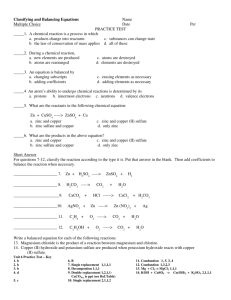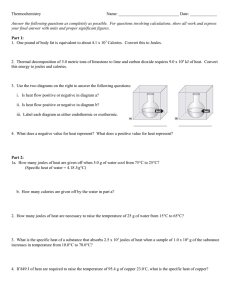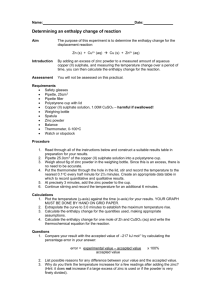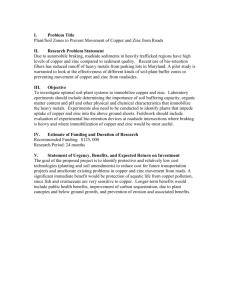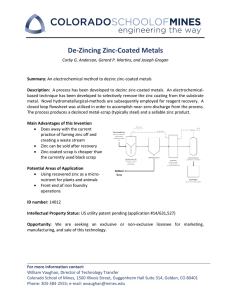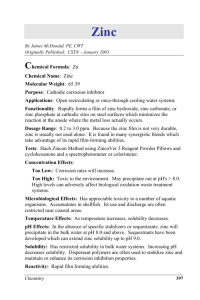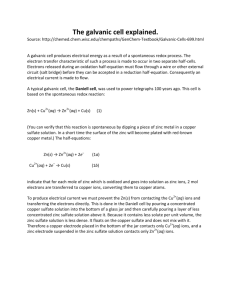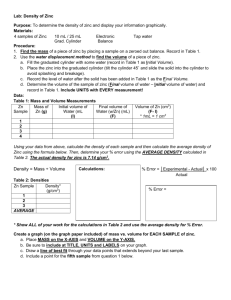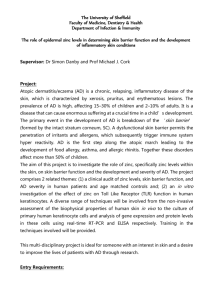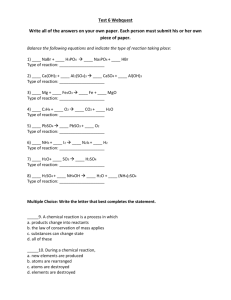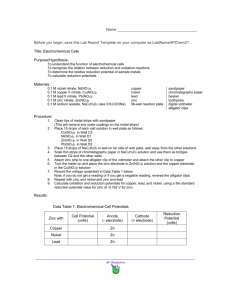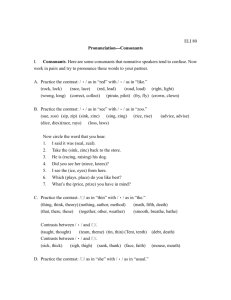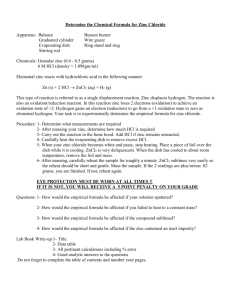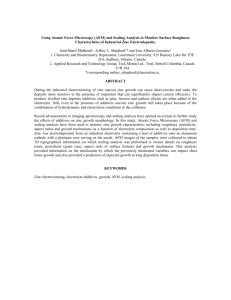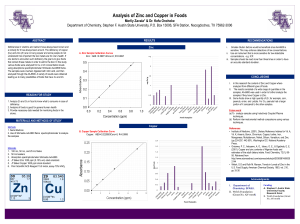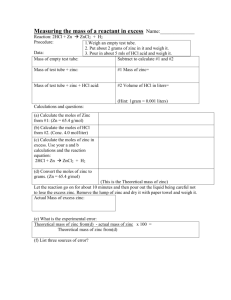Observing Chemical Reactions (Teacher Notes)
advertisement
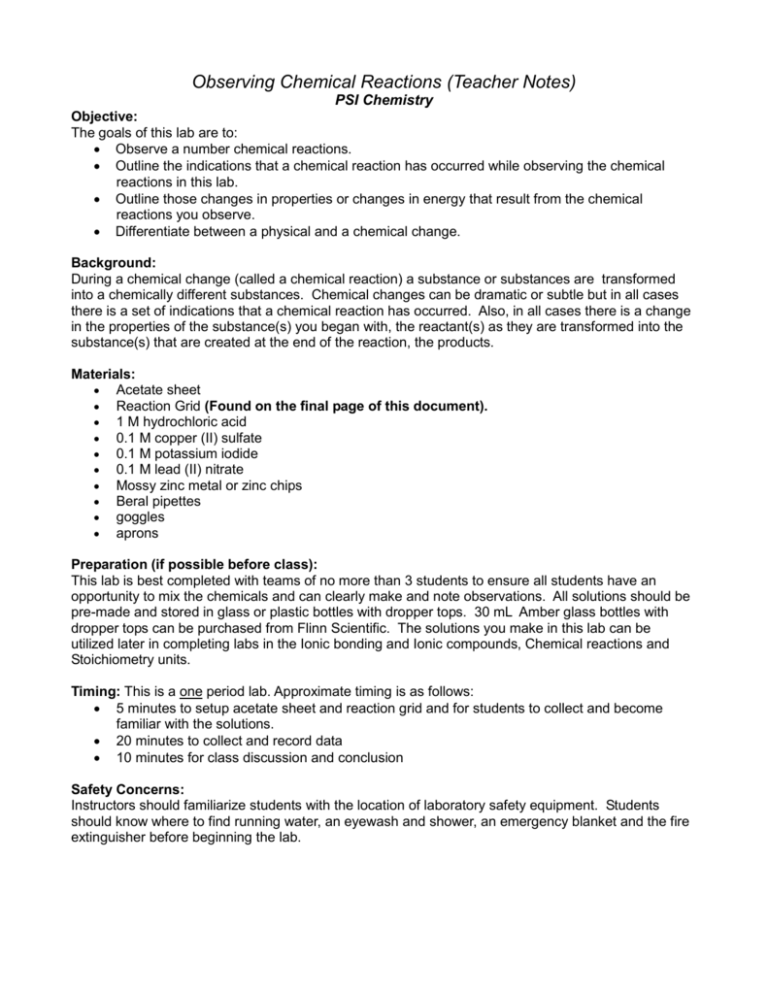
Observing Chemical Reactions (Teacher Notes) PSI Chemistry Objective: The goals of this lab are to: Observe a number chemical reactions. Outline the indications that a chemical reaction has occurred while observing the chemical reactions in this lab. Outline those changes in properties or changes in energy that result from the chemical reactions you observe. Differentiate between a physical and a chemical change. Background: During a chemical change (called a chemical reaction) a substance or substances are transformed into a chemically different substances. Chemical changes can be dramatic or subtle but in all cases there is a set of indications that a chemical reaction has occurred. Also, in all cases there is a change in the properties of the substance(s) you began with, the reactant(s) as they are transformed into the substance(s) that are created at the end of the reaction, the products. Materials: Acetate sheet Reaction Grid (Found on the final page of this document). 1 M hydrochloric acid 0.1 M copper (II) sulfate 0.1 M potassium iodide 0.1 M lead (II) nitrate Mossy zinc metal or zinc chips Beral pipettes goggles aprons Preparation (if possible before class): This lab is best completed with teams of no more than 3 students to ensure all students have an opportunity to mix the chemicals and can clearly make and note observations. All solutions should be pre-made and stored in glass or plastic bottles with dropper tops. 30 mL Amber glass bottles with dropper tops can be purchased from Flinn Scientific. The solutions you make in this lab can be utilized later in completing labs in the Ionic bonding and Ionic compounds, Chemical reactions and Stoichiometry units. Timing: This is a one period lab. Approximate timing is as follows: 5 minutes to setup acetate sheet and reaction grid and for students to collect and become familiar with the solutions. 20 minutes to collect and record data 10 minutes for class discussion and conclusion Safety Concerns: Instructors should familiarize students with the location of laboratory safety equipment. Students should know where to find running water, an eyewash and shower, an emergency blanket and the fire extinguisher before beginning the lab. Students should also be instructed on the following safety guidelines before beginning the lab: Always wear your goggles and aprons while completing this lab. Also wear your goggles and aprons when you're near someone working with chemicals. Familiarize yourself with the location of the eyewash and the emergency shower in the room. If you get any chemicals in your eye, use the eyewash. If any of the chemicals come in contact with your skin rinse them off immediately with lots of water and let the instructor know what you spilled --- on your way to rinsing them off. Never mix chemicals that you haven't been told to mix. Tell the instructor of any accidents immediately. Keep food and drinks out of the laboratory work area. Anticipated Results: A B C D E HCl CuSO4 KI Pb(NO3)2 Zinc The students may see a cloudy blue solution form as sulfuric acid is produced. No reaction. No reaction. H2 gas evolves and heat is released. Zinc is more active and displaces H2.. A A cloudy Copper is white ppt. displaced from PbSO4 forms. solution and collects on the zinc. The blue copper sulfate solution slowly becomes clearer. Zinc is more active. B A bright yellow ppt. Pb2 forms. C No reaction. No reaction. Potassium is more reactive. HCl CuSO4 KI Lead is displaced from solution and collects on the zinc. Zinc is more active. D Pb(NO3)2 E Zinc Follow Up (next day): Students could be introduced to Dalton's Atomic Theory if this has not been covered. This lab relates directly to his postulates that in chemical reactions matter is not created or destroyed but is rearranged to form new substances. Intensive and extensive properties of matter can also be discussed. Presentation and Handout Materials Smart Notebook class presentation and lab handouts for this lab are available through teacher access to the PSI Chemistry website in the Atomic Structure Unit.



